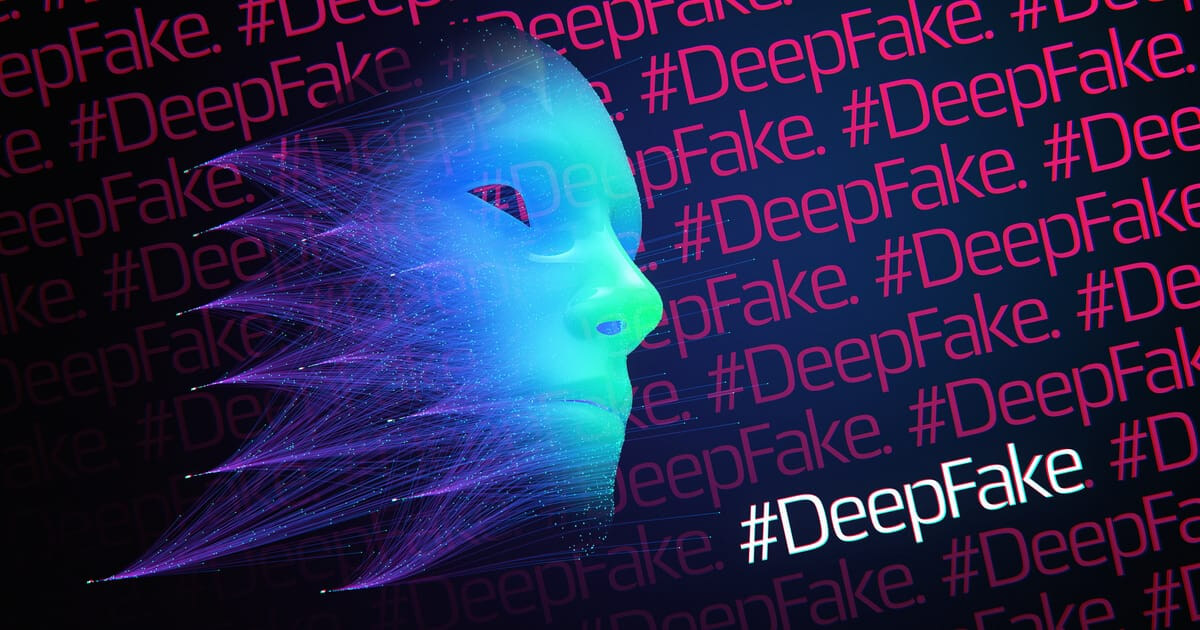A Hong Kong financial employee was tricked into transferring $25.6 million using deepfake technology, highlighting the growing cybersecurity threat of such scams.
A global company based in Hong Kong has become the victim of a clever cyber theft that looks like it was ripped straight from the script of a high-tech thriller. The fraudsters succeeded in stealing $25.6 million from them. As part of the scam, deepfake technology was used to imitate the UK-based company’s chief financial officer (CFO), as well as other easily identifiable government officials during video conferences. Financial employees who were initially skeptical of the request to transfer cash to five local bank accounts through 15 transactions were eventually persuaded by the realistic images of executives created using deepfake technology. Given the fact that deepfakes have become more persuasive and more accessible to malicious actors, this incident serves as a sharp warning of the growing threats associated with artificial intelligence technologies.
It was about a week later that the employee tried to check the details of transactions made within the organization, but realized that he had been tricked into believing something that was not true. By highlighting the critical need for businesses to improve their cybersecurity protections and for consumers to remain alert to these sophisticated scams, this case highlights the importance of these two priorities. Hong Kong police arrested six people in connection with the scam, highlighting the meticulous preparation by the scammers. They used stolen IDs to register bank accounts and apply for loans, and in many cases even misled facial recognition software.
We are concerned that deepfake technology is being used for nefarious purposes, from creating sexual photos of celebrities without their consent to carrying out complex financial crimes. This scam is part of an increasingly widespread trend. Additionally, it raises important questions about the safety of videoconferencing technology and the importance of identity verification during digital interactions.
The evolving capabilities of artificial intelligence and deepfake technology pose significant challenges to cybersecurity. To combat these growing risks, it is necessary to improve the awareness of people and organizations while equipping them with technological solutions.
Image source: Shutterstock

